the truth emerges

A cracking time
Passenger services were withdrawn from the M&GNJR’s route to Great Yarmouth in March 1959, but regular goods trains continued to pass beneath St Andrew’s Lane until April 1967, heading to the station at East Rudham where the line ended. It was officially closed on 6 May 1968.
The bridge at Congham had entered a period of redundancy which, over several decades, prompted an obvious decline in its condition, as charted in 1,000+ pages of inspection and examination reports held by National Highways. “Slight longitudinal cracking” was noted in the concrete encasement to the seven Marriott girders in October 1984 - mostly in the blast areas from the steam trains’ sulphurous smoke - whilst numerous stepped fractures had appeared in the pilasters and parapets by July 1992. Fracturing in the upper parts of the returns to the east abutment was first recorded in February 2004.

PHOTOS: NATIONAL HIGHWAYS (PUBLIC SECTOR INFORMATION LICENSED UNDER THE OPEN GOVERNMENT LICENCE v3.0)
These latter defects prompted a poorly-designed intervention in 2009/10, whereby affected parts were repaired with unsympathetic Fletton bricks. It was confirmed at this time that the abutments’ brickwork and stringer/bearing blocks acted only as a superficial facing to the mass concrete core which incorporated steel beams projecting from its upper surface upon which the bridge girders were borne. In other words, whilst the cracks negatively impacted public confidence, they had no effect on structural capacity.
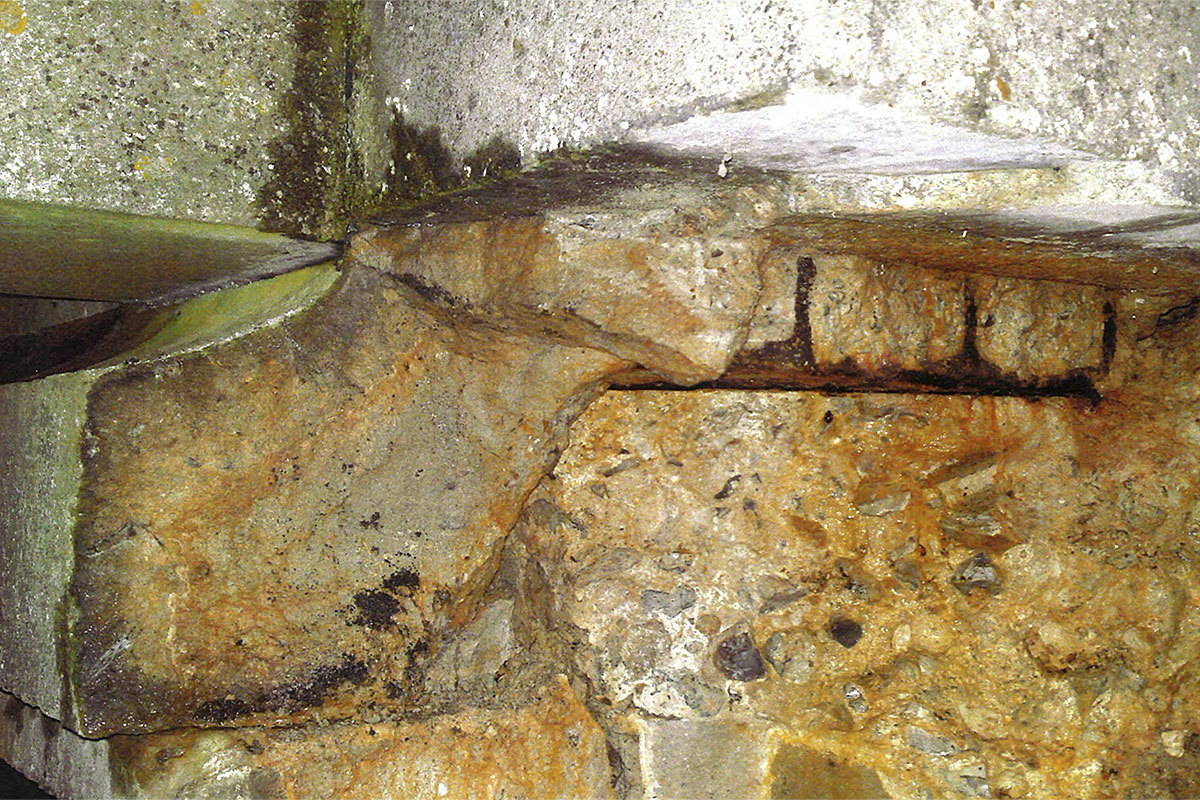 |
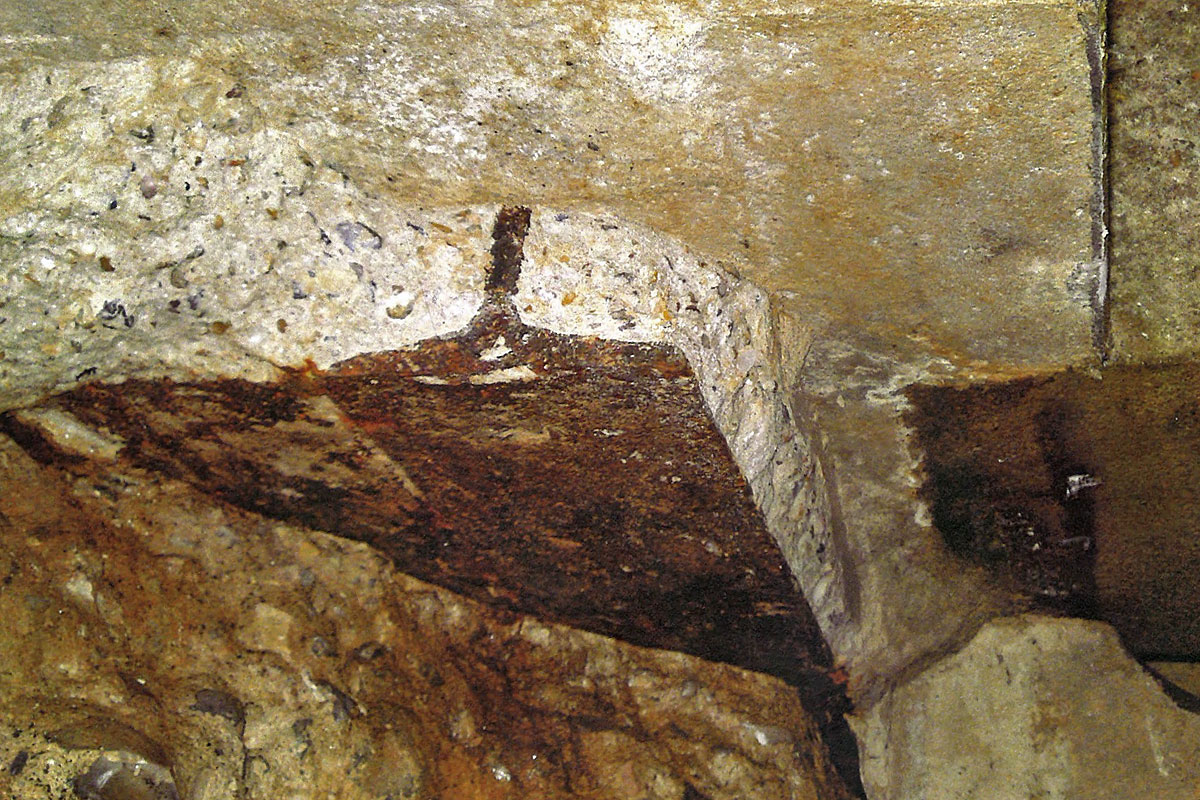 |
PHOTOS: NATIONAL HIGHWAYS (PUBLIC SECTOR INFORMATION LICENSED UNDER THE OPEN GOVERNMENT LICENCE v3.0)
Within seven months of the repairs being completed, a crack had appeared in the north return of the east abutment and localised deterioration continued over subsequent years. This could suggest both poor bonding and a poor choice of materials.
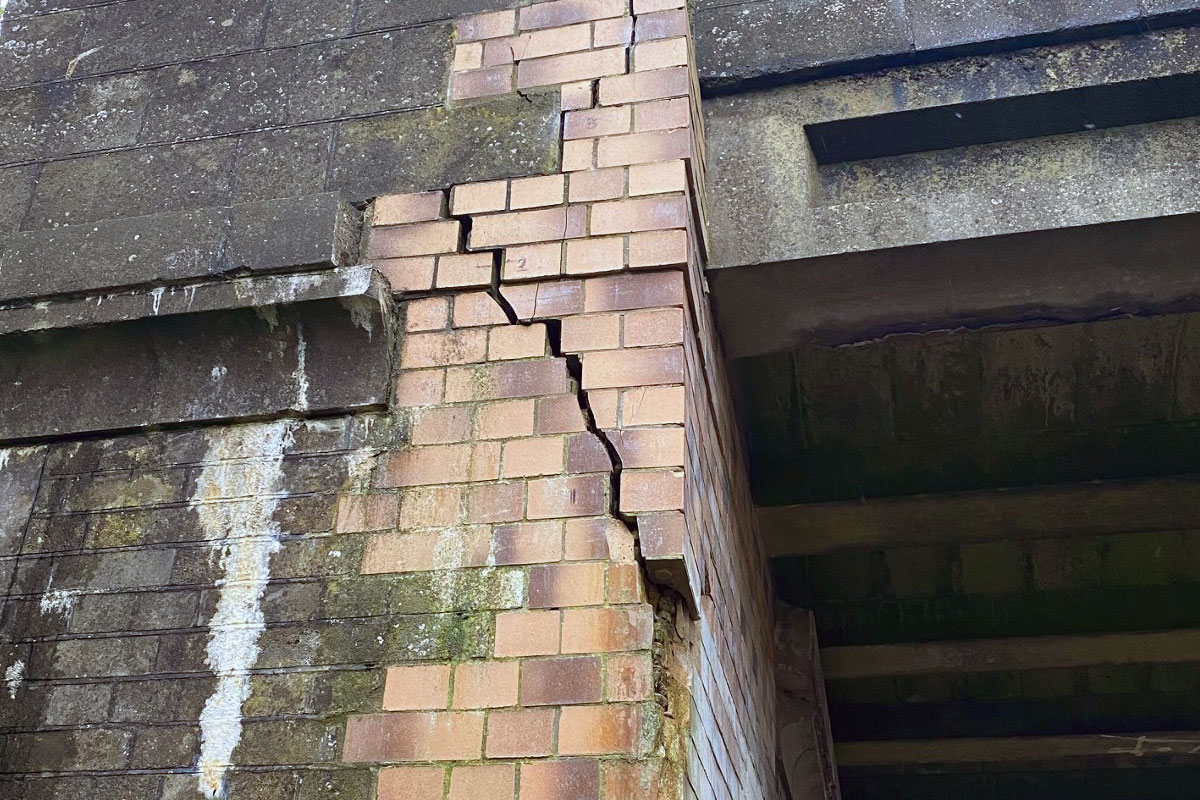 |
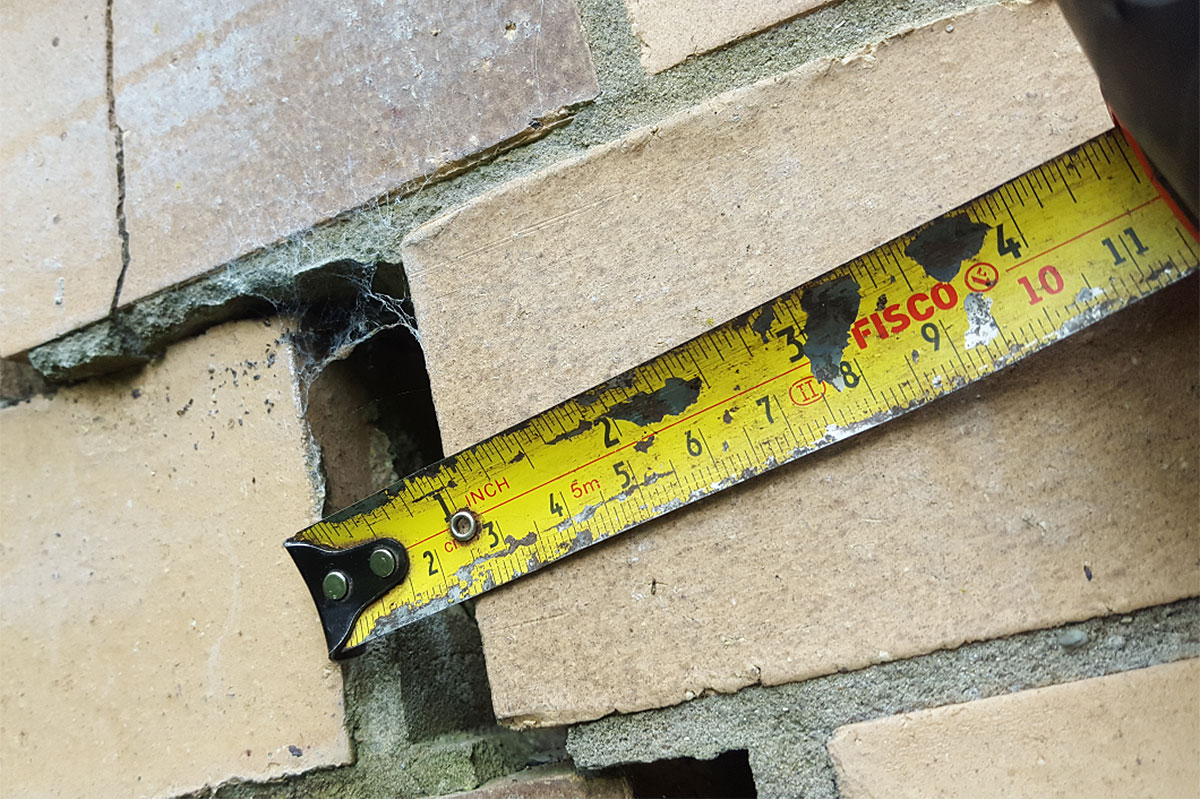 |
PHOTOS: NATIONAL HIGHWAYS (PUBLIC SECTOR INFORMATION LICENSED UNDER THE OPEN GOVERNMENT LICENCE v3.0)
The condition of the girders’ concrete encasement also continued to worsen. By summer 2018, measurements suggested that spalled patches affected approximately 3.6% of their visible surface area, whilst fractures - some of which overlapped - totalled 37.7 metres in length. However, like the abutments’ brick facing, the concrete encasement was deemed to be non-structural, although it did serve to protect the steel beams from the corrosive effects of air and water.
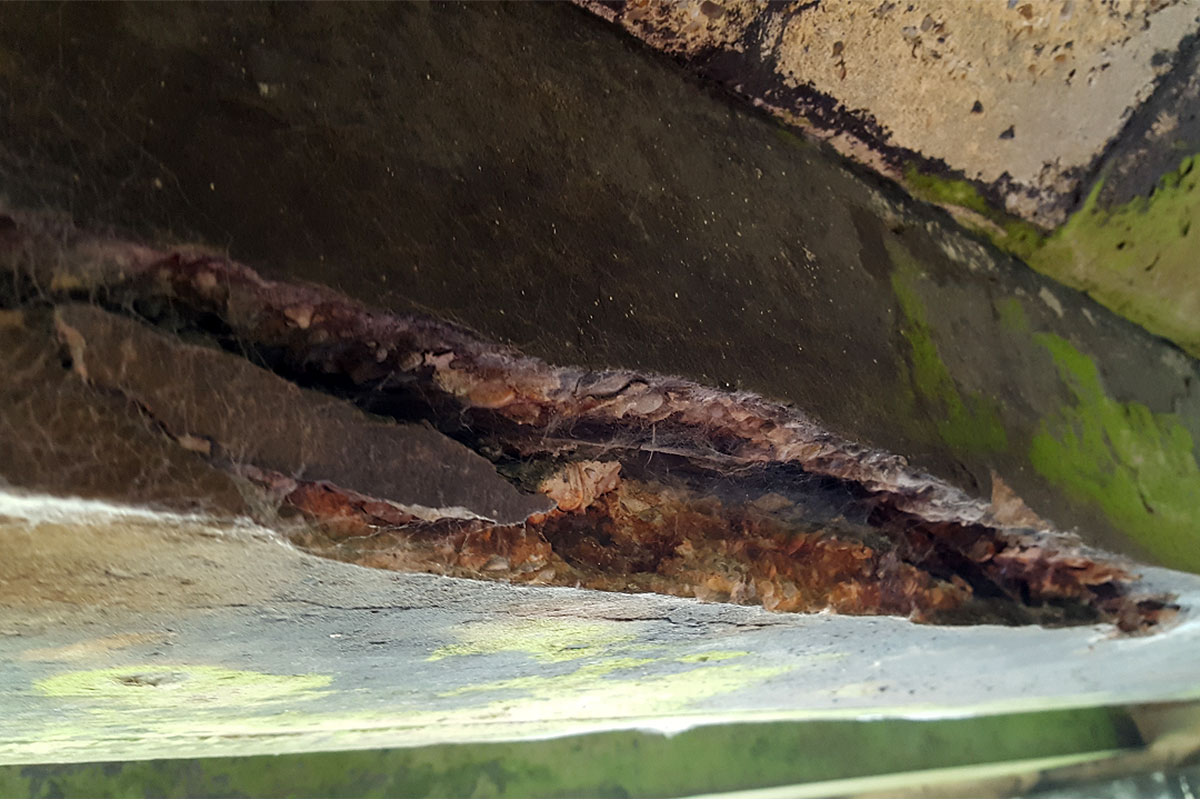 |
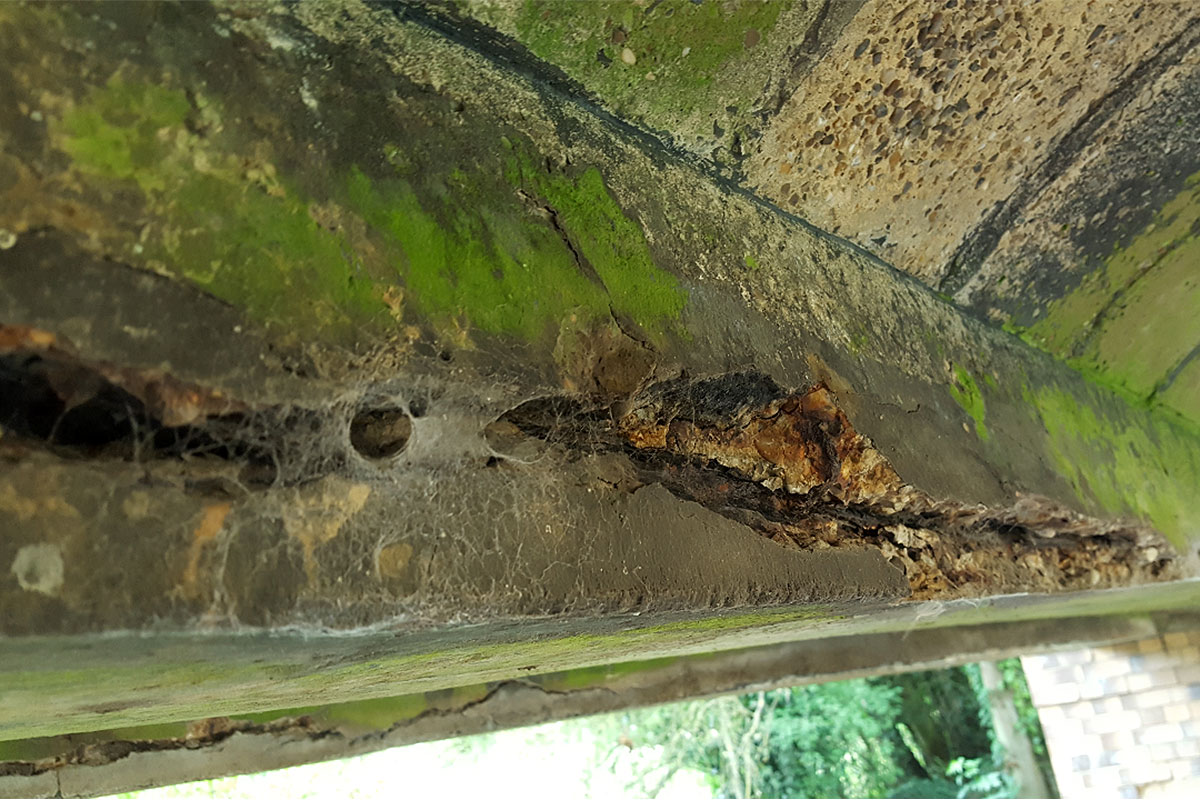 |
PHOTOS: NATIONAL HIGHWAYS (PUBLIC SECTOR INFORMATION LICENSED UNDER THE OPEN GOVERNMENT LICENCE v3.0)
Fair enough
Infilling was first mentioned as an asset management option on 1 November 2015 when National Highways’ responsible engineer indicated that they should “Continue to monitor 3 monthly with a view to medium term repairs or infilling.” It was noted that “Although the defects appear to be bad there is little risk of the bridge bearing being lost”. By 3 April 2016, it had been decided that “repairs to be commissioned”. It wasn’t until 16 May 2018 that the engineer further reflected on the matter, asking “Would infilling be a potential alternative?”
The next day, the six-yearly Detailed Examination of the bridge was undertaken by a team from Balfour Beatty. The resulting report featured 116 photos, mostly showing the many localised defects. Despite the picture painted, the examiner specifically recorded the pointing to be in Good condition, with the parapets, jack arches, wing walls and waterproofing being Fair, whilst the abutments and girders were recorded as Fair-to-Poor.
NH’s engineer responded on 8 August 2018, observing that “Given the state of the beams as well as the ongoing abutment fracturing issue, it may be better long term to look at an infill here. Suggest prepare [Request for Financial Authorisation (RFA)] for next works review meeting.”
A week later, an engineer from Jacobs - National Highways’ consultants - carried out a further inspection to inform a capacity assessment. Access was sufficiently good for them to take photos at girder level and tap the concrete encasement with a hammer. Generally, the bridge was deemed to be in Fair condition, with individual structural elements all defined as Fair except the east abutment which was rated Poor.
National Highways’ asset management database recorded the bridge as being in Fair condition on 10 September 2018 when a copy was provided to the Forgotten Relics website following a Freedom of Information request.
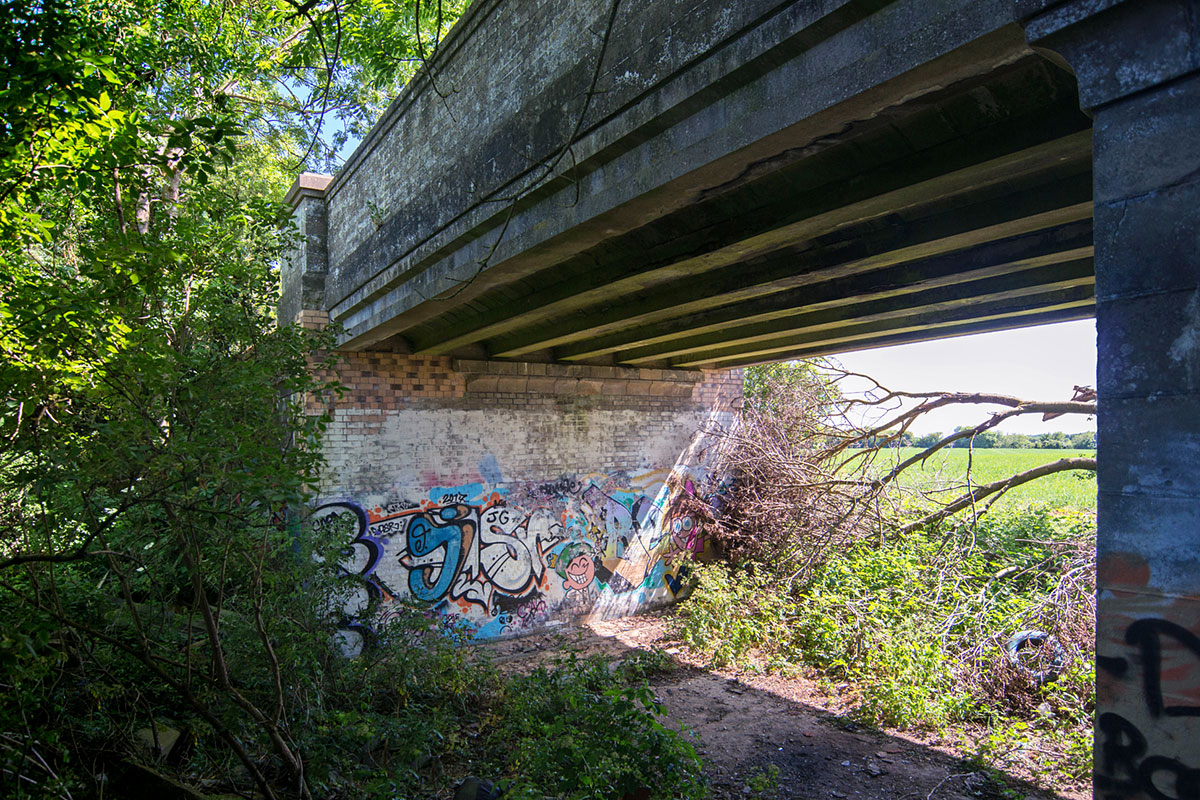
PHOTO: NORFOLK'S DISUSED RAILWAYS
On 12 September 2018, NH’s engineer noted that the “Infilling scheme brought to group meeting - broadly agreed but need to produce RFA” which was written on 25 September. As the engineer had never personally visited the bridge, their opinion of its condition was reliant on the evidence acquired through the formal inspection regime. However, contrary to the findings of the Detailed Examination, they recorded the bridge as being in Poor condition and started to do so in notes appended to inspection reports nine months after the decision to infill was taken.
The RFA made clear that “This is predominantly a maintenance/durability driven scheme”, observing that “although there are cheaper short term options, infilling would appear to be the more robust and better value long term solution.” It was noted that “The main [girders] sit on transverse girders that run along the tops of the abutments, so localised bearing shelf failure is a relatively low worry.”
By 9 November 2018, the infill scheme - with an estimated price-tag of £130K - had been formally signed off without any other options being costed for comparison purposes. No safety concerns about the bridge had been expressed. Moreover, its historical value and potential to be repurposed for future sustainable transport purposes played no part in the decision-making.
 |
 |
 |
 |
About Us
The HRE Group is an alliance of walking, cycling and heritage campaigners, engineers and greenway developers who regard the Historical Railways Estate’s structures to be strategically valuable in the context of building a better future.
Last updated 21 October 2025
© 2025 The HRE Group


